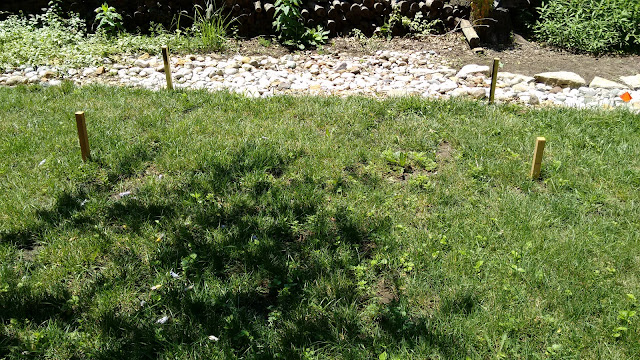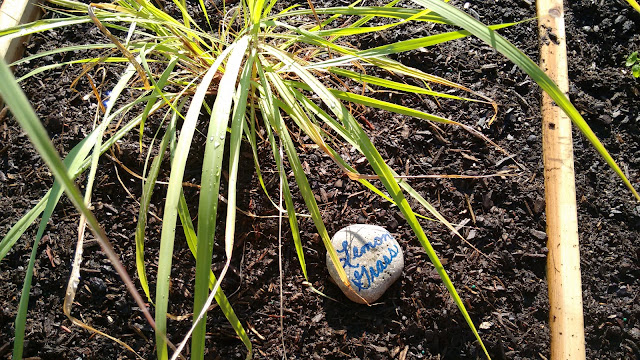Ask someone to come with you.
Whether it's your first visit or your tenth, it's always nice to have someone come with you. Not only can they offer you support, but they can also be an extra set of ears. I am very lucky that Adam comes with me to most appointments. I've also had my mom come with me from time to time. Close friends or other family members would also be good options. Sometimes it's scary to have to hear what they have to tell you, so it's nice not to be alone. And there have definitely been things that I have missed or forgotten a doctor has said. Someone else might also think of different questions to ask.
Create an infertility timeline.
Each doctor that I have visited has asked me to complete a health history. When you've had infertility issues as long as I have, there are a lot of dates and surgeries and procedures to remember. And after awhile they start to get a bit fuzzy. So I started an infertility timeline. It's just a Google doc that has all the specific dates of the different procedures and surgeries I've had. That way, I don't have to look back at old calendars or paperwork when trying to fill out health histories. I have all the important dates all in one place.
Bring any paperwork and test results you have.
Any good doctor should request records from other doctors and specialists you have seen in the past. But sometimes that takes some time and records might be incomplete. I have a file of all of my medical records and test results that I keep handy. I always bring all the paperwork I have with me so they can make copies. A lot of times it's documentation they already have or will get from my other doctors. But I would rather them have duplicates as opposed to missing information.
Research with caution.
There's a lot of scary stuff out there on the internet, especially when it comes to infertility. That's why I warn you to research with caution. I do think it's important to be knowledgeable about different conditions and treatment options. But there is such a things as reading too much and finding all kinds of things to worry about. I recommend looking at reliable sites like reproductivefacts.org to answer questions you might have and get a good basic understanding of infertility issues. But try to stay away from message boards. They tend to be a breeding ground for complainers and negativity.
Don't be afraid to ask questions.
There is so much information thrown at you when you speak with infertility specialists. There are also a crazy amount of acronyms they like to throw around. AMH levels, HSG tests, SHG tests, IVF and IUIs. It can get pretty confusing. So don't be afraid to admit you don't know what the heck they are talking about. A good doctor should make you feel comfortable asking questions and should take the time to explain them in a way that makes you understand the answers. And ask all the questions you have. Don't worry about asking too many or taking up too much of their time. When they are meeting with you, it's their job to make you their one and only focus.
Ask how much things will cost.
There are lots of different tests and procedures available. Some are relatively inexpensive or even covered by insurance, like simple blood tests. Others are astronomically expensive and all out of pocket. When a doctor recommends a specific test or procedure, make sure you ask how much it costs. It's not a bad idea to get it in writing, especially when insurance companies get involved. Dealing with infertility is hard enough, you don't want to be surprised by a hefty $1,500 bill for chromosomal testing when you were told it would only cost $99. (I speak from experience.)
I hope these tips will help you be more organized and prepared for a visit with an infertility specialist.

















































